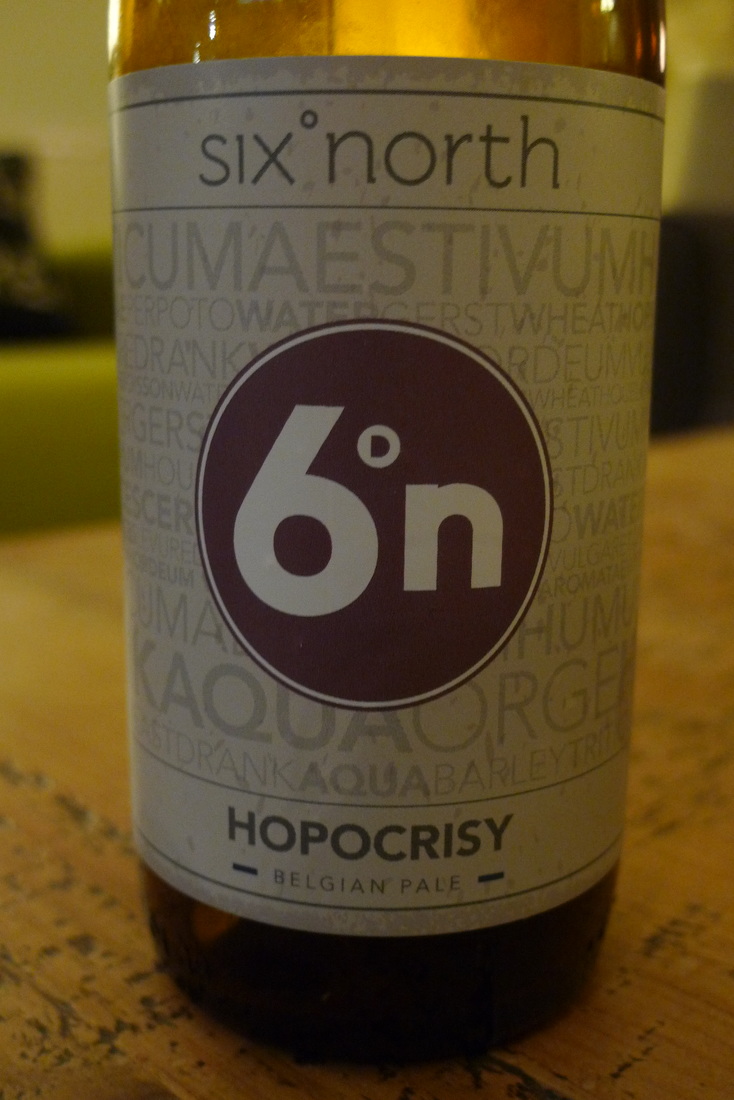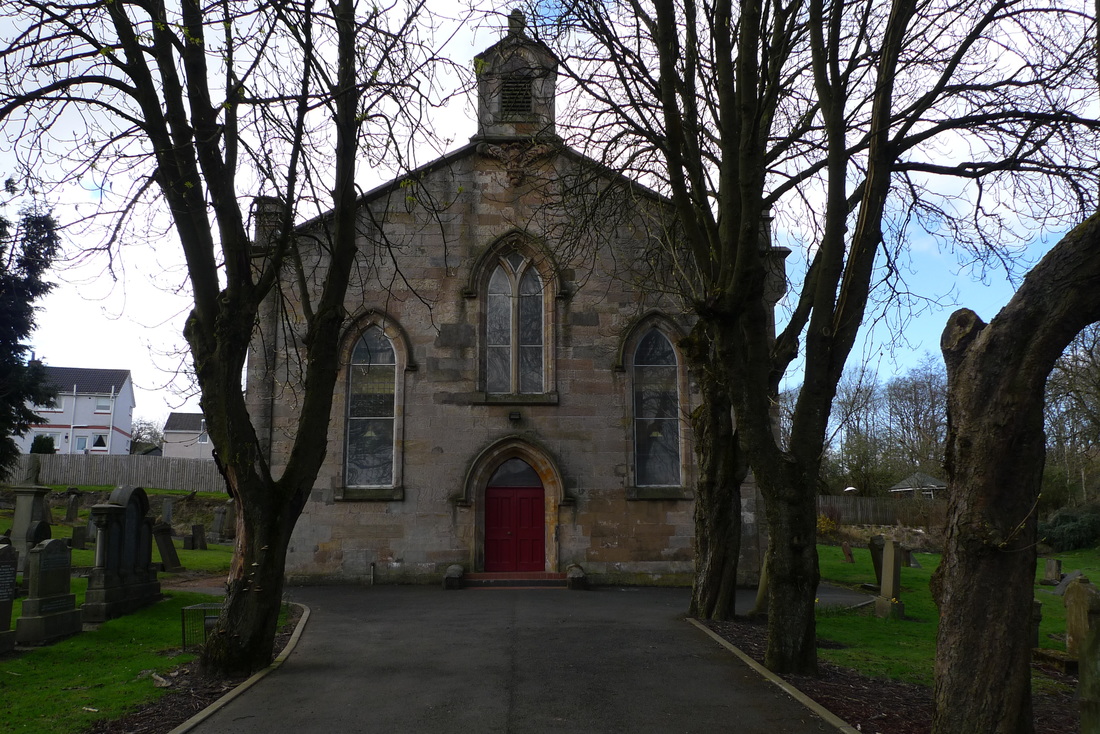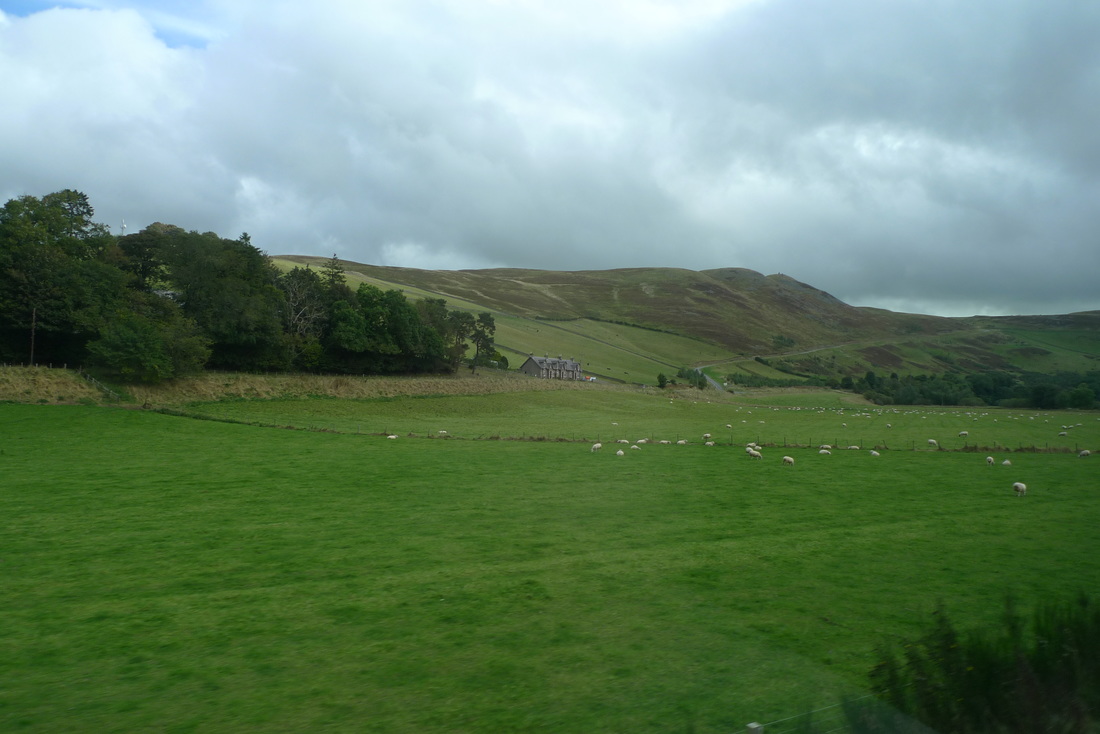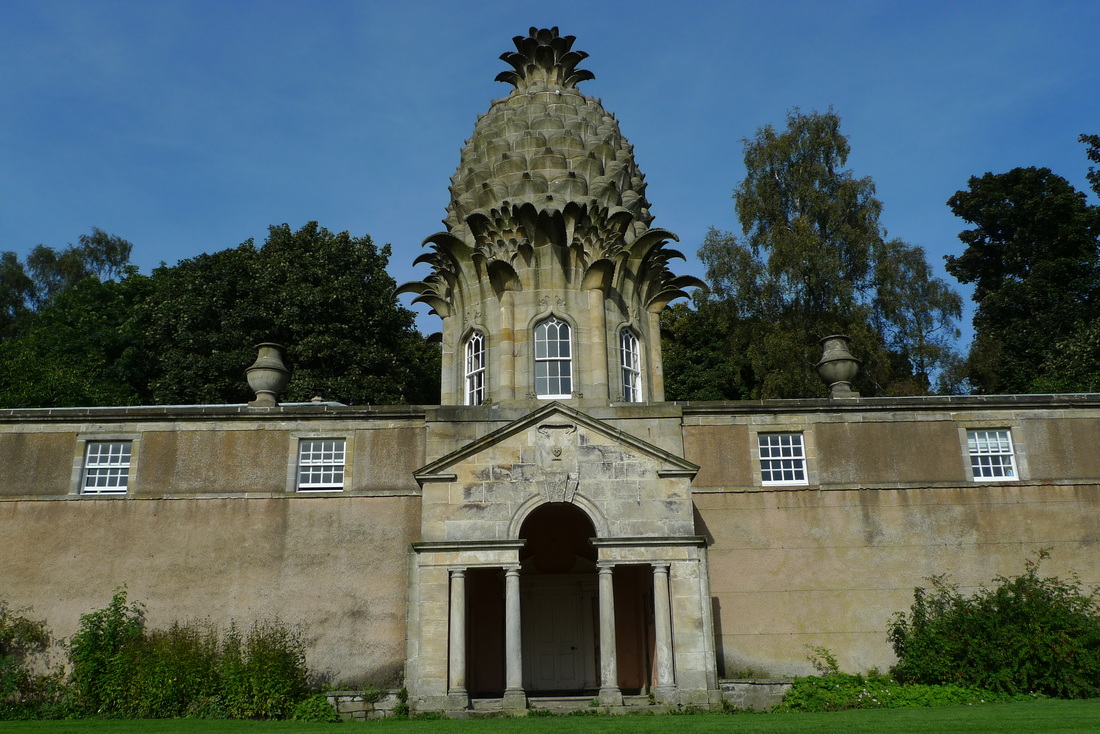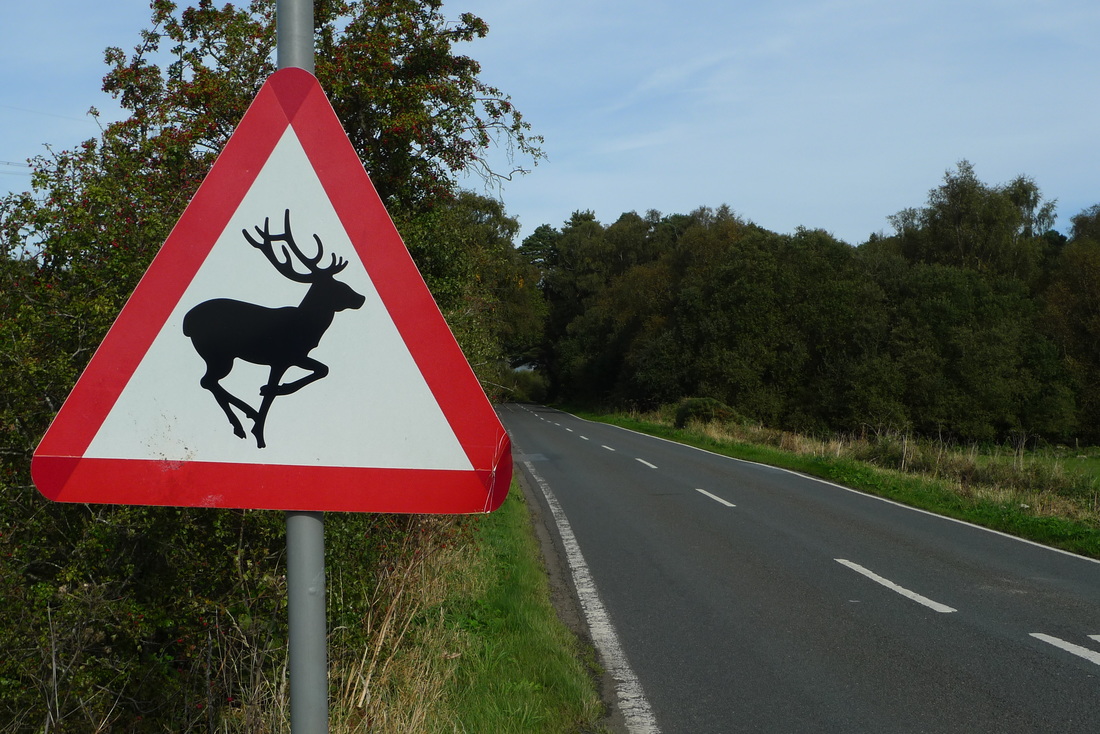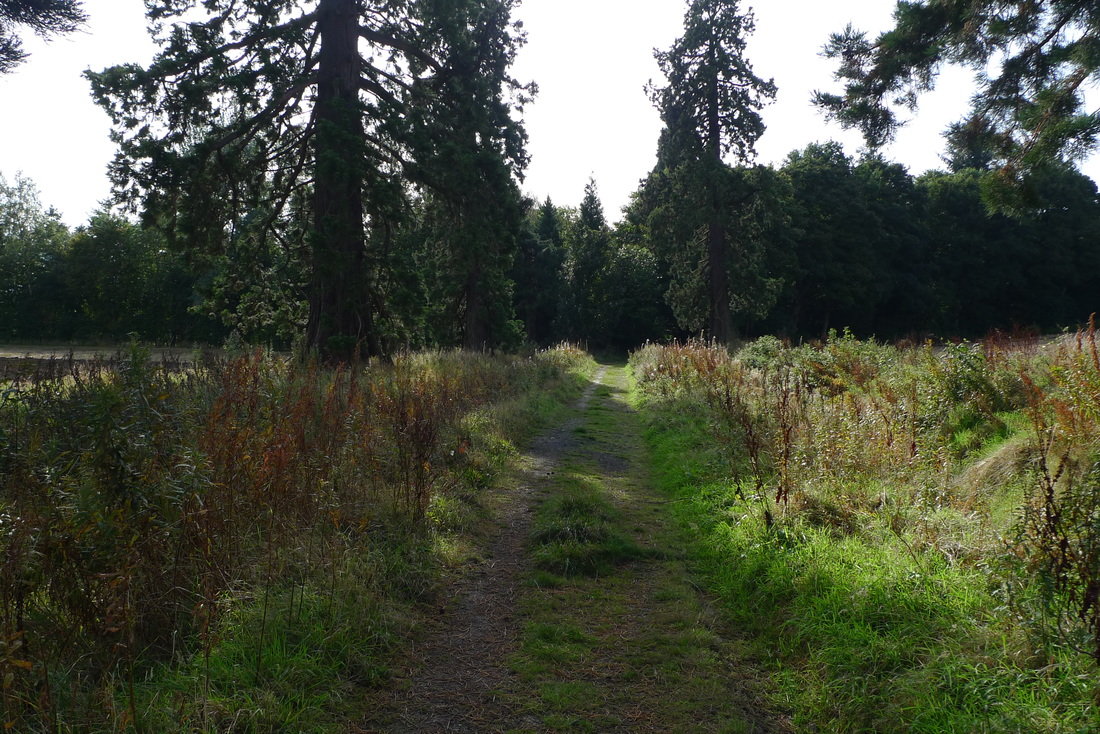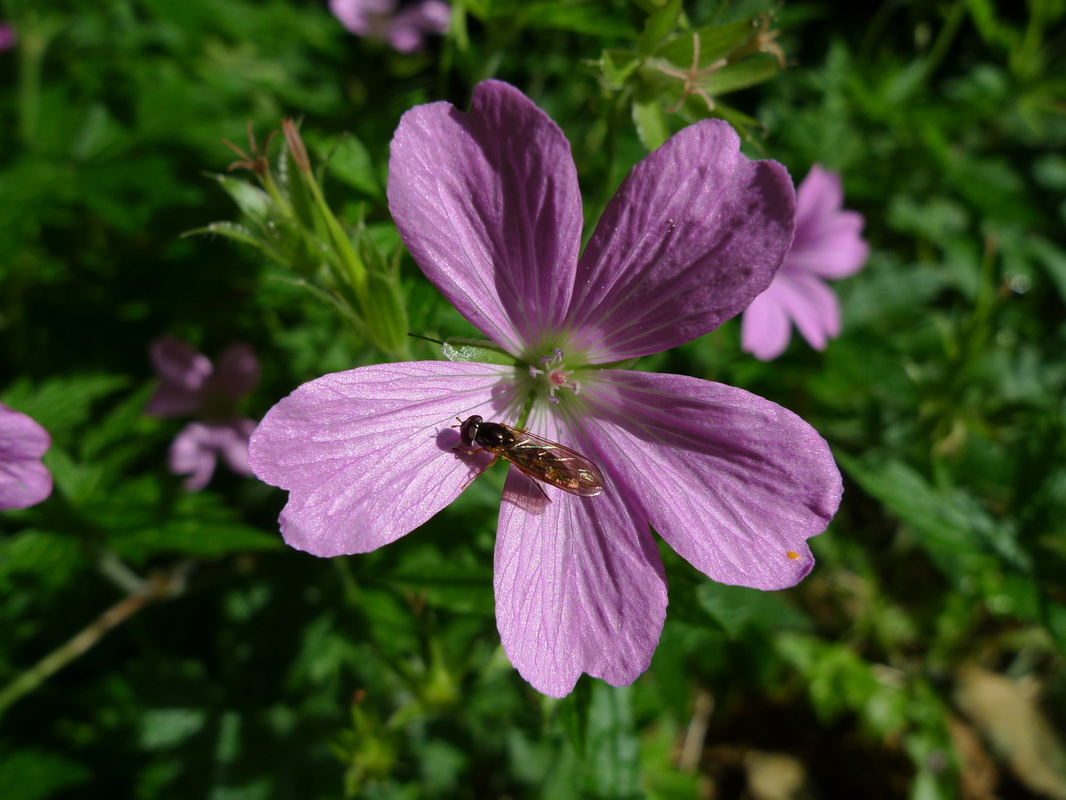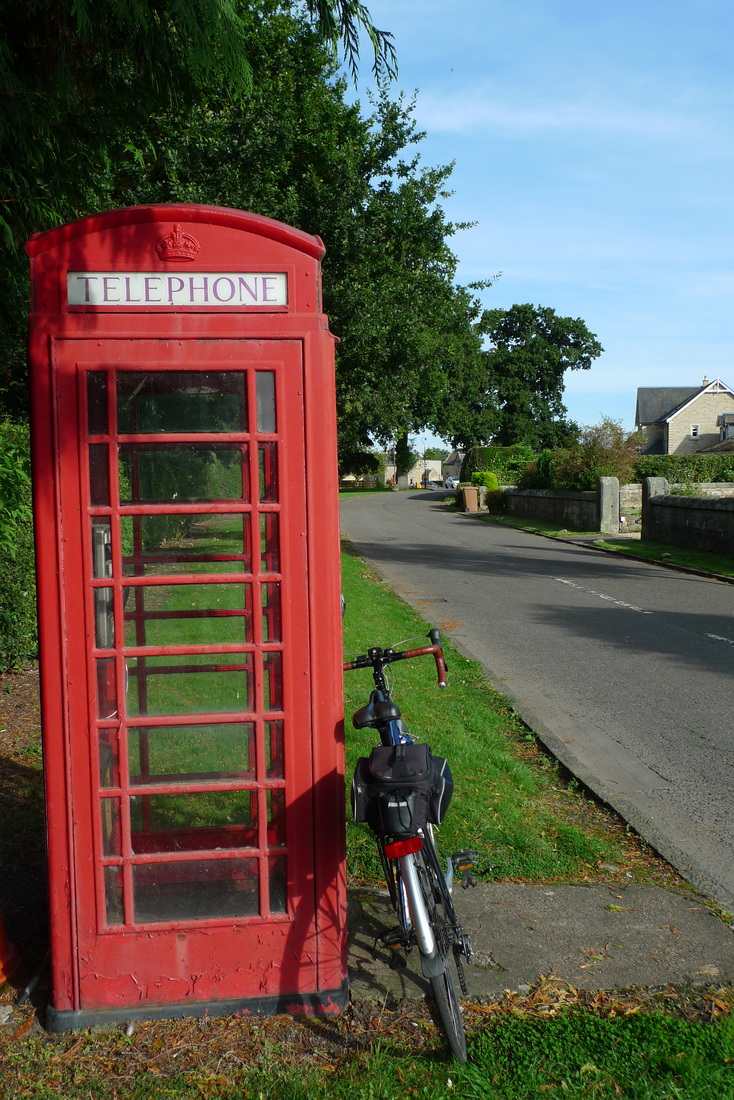|
I do love Belgian wheat beers and here is one brewed in Scotland. Hopocrisy gives you that delicious moreish wheat taste that is characteristic of continental beers. The twist is that it is made in Aberdeen by Sixº North who are passionate about Belgian beer and their name comes from the fact that they are located six degrees north of Brussels. On first taste I loved this beer. It is reminiscent of my favourite German and Belgian wheat beers. There is a slight bitterness that comes after the wheat taste and a hint of citrus flavours. It is 4.6%. Simply delicious and I will be having this again. The label design is distinctive and eye catching. On the rear there is a story about the founding principals of the brewery. Sixº North have bars in Scottish cities, including Edinburgh and Glasgow, where you can drink their beers on draft or try something from a Belgian brewery. You should also be able to find the bottles for sale in supermarkets and beer shops.
If you enjoy wheat beers then you should definitely give this a try, particularly if you are travelling in the Aberdeen area.
2 Comments
Quirky sculptures and a scenic reservoir are the highlights of this 14 mile route in central Scotland. It is mainly flat and traffic-free. The excellent rail links make it easy to get there and provide options to do shorter sections.
Take a train to Bathgate (27 minutes from Edinburgh, 40 minutes from Glasgow). This station is not the most promising start with its metallic, industrial look and lots of aluminium fencing. The stations along this line are meant to be functional, serving a busy commuter route. This was once a heavily industralised area of Scotland and Bathgate was home to the world's first oil refinery. It takes a bit of effort to get out of Bathgate. You must negotiate residential streets and a supermarket car park until you arrive at the bright and welcoming route map sign.
This railway line was closed in 1982 and then reopened in 2010. Network Rail replaced the existing cycle path with tarmac perfection that is a total pleasure to ride a bike on.
This is not the most scenic part of Scotland with overhead lines, concrete bridges and frequent passing trains. There is not even variety in the locomotives that pass- all identical blue Scotrail electric units. Wind turbines dot the landscape because this is clearly an ideal place for making electricity- strong winds marked my day out. The commuter towns that the railway serves have new build housing estates with little character and are empty of atmosphere on week days because everyone has left to go to work.
However, the route feels surprisingly remote in places. There are farms, forests and yellow goarse giving off its sweet scent. A fox ran across the path in front of me, a surprise in this land between Scotland's two biggest cities.
It was lambing season during my visit with sheep bleating aggressively when they thought I was a threat to their lambs.
Hillend Reservoir, near Caldercruix, is the scenic highlight of the route. At one time this was the largest man-made reservoir in the world. It is a popular place for trout fishing and home to a variety of wildlife, including osprey, otter and roe deer.
It comes as a complete surprise. One minute you are on a pretty non-descript segment of path then you turn a corner and this vision of blue suddenly appears. It was like I had walked through a door and entered a completely different part of the world.
The Airdrie and District Angling Club is based here and they have a tea room. It is pretty basic, but a chocolate bar and hot cup of instant coffee were most welcome after riding into the wind.
I sat on a bench outside and took a few moments to relax and enjoy the view of the deep blue choppy water. The lawn is immaculate and signs request you to keep off the grass. There are also plants and flowers. A little patch of heaven that someone has clearly spent much time over. I watched blue tits trying desperately to get a grip on a bird feeder that was blowing about like crazy. The wind soon made my coffee cold and it was time to move on.
The other highlight of this route are the sculptures find alongside the path. Before the return of the railway there used to be a lot more of them, but some had to be dismantled to make way for the new line. There is no information about the sculptures along the route, but I managed to find some online.
If you are starting the route in Bathgate one of the first sculptures that you will come across is "Tower" (1997) by Paul Matosic. It is an interesting structure of metal cyclinders of different heights. The rust had turned them a variety of colours and you can have some fun climbing onto it.
There is an iron and steel sculpture that looks like it has resisted several attacks from vandals, including a burning. I think this one is called 'Steam'.
My favourite sculpture cannot fail to make you smile. 'Legs' (1996) by Doug Cocker has 7 separate leg sculptures in funny poses.
The route passes the substantial, somewhat dark and brooding, Caldercruix and Longriggend Parish Church.
After Caldercruix the route leaves the cycle path and takes you onto shared pavement alongside the A89, through Plains. This is the least interesting part of the route, although I did stop to take a closer look at this attractive church:
When I came to Drumgelloch station I decided just to get the train back from there. I didn't find it enjoyable going along this main road, through built-up urban areas, so did not see the point in covering the last 2 miles to reach Airdrie.
Okay, so it is not the most scenic cycle route in Scotland, but the sculptures make it fun and it is interesting to find remoteness in this corridor of land between the two biggest cities in the country. The flat and mostly traffic-free path make it ideal for those new to cycling and the rail links make it a very convenient place to go for a bike ride.
Getting there
There are train stations at Bathgate and Airdrie, so you can start the route from either. Bathgate is about 27 minutes from Edinburgh, 40 minutes from Glasgow. There are also stations at Caldercruix, Drumgelloch and Armadale, which gives the option to start and end the route at several points. This makes it ideal if you want the flexibility to get home if you start to feel tired. If you start the route at Bathgate cross the station car park and turn left along the A89- you may wish to walk along the pavement as the road can be busy. You are only on this for a short distance until you take the first left, which leads to the golf club and under the railway. Continue past the golf club, through a roundabout to the supermarket car park. At the other end of the car park you will find the start of the cycle path.
There are miles and miles of old railway lines in Britain that are now walking and cycling routes. Jullian Holland explores 100 of these lines and gives practical advice about walking or cycling these routes. Disused railway lines are heaven for cycling because they are generally flat and always traffic-free. This book is a good place to start planning your adventures along these "lost railways."
The book is a handy size, small enough for you to take with you when travelling around. The contents page is easy to navigate with a map of Britain showing the locations of the lines. There are 15 routes in Scotland. Each route has a map, taken from a classic 1960s atlas, that provides a vintage feel to the book. For cyclists this book is great for providing new ideas for places to go cycling and disused railway lines are perfect because they are traffic-free.
Some of the pages have photographs to show what the railway lines look like today or in the past when it was still operational. Most of these pictures are striking and will inspire you to make a journey to the line.
There is practical information, down the left-hand column, about how much of the line is open to walkers and cyclists and which part of the National Cycle Network it is on. The text describes the history of the railway line and what you can expect to see today. There is also more detailed information about how you can get to the line and make use of it as a walker or cyclist.
Jullian Holland has written many books about Britain's railways and you can expect his usual high quality with this one. This book is not just for train lovers and the focus is on providing walkers and cyclists with practical information to access beautiful areas of countryside that were once part of the rail network.
Click on the image below to buy this book from Amazon
This crime thriller set on the Island of Lewis offers plenty of tension, drama and surprises. The Island of Lewis plays a starring role with vivid descriptions of the landscape and a unique insight into what it is like growing up on a Scottish island. If you are planning a trip to the Western Isles and want to know more about them than just the usual tourist information then this is definitely one to get your hands on.
I previously reviewed Hebridies, a beautiful photography book, that introduced me to Peter May's novels. Many of the pictures in this book are related to places that feature in his novels and I was inspired to read The Black House. Although the crime drama of this book is very gripping it was the descriptions of the island and the story of the main character's childhood that I enjoyed the most. My main motivation for reading the book was to learn a bit more about island life. I have explored these islands by bicycle and visited many of the tourist sites, but this does not always give you much of an idea of what it is actually like to live here. The book moves between the present day investigation of the murder and the story of Fin Macleod's childhood. This gives you a superb insight into the unique way of life on the islands. In particular, a large part of the book describes the annual guga (gannet) hunt, a strong tradition of the island community. Each year a group of men travel to a remote island, more of a rock, and spend two weeks hunting and processing thousands of gannets. The meat of the birds is a delicacy on the islands. As you can imagine it is a controversial subject and May includes a character who is an animal right's activist in the novel. Other aspects of island life that feature in the novel include religion, Gaelic, and schooling. Although the book has a lot of dark moments there is also a bit of humour. I loved the part when the young Fin and his school friends steal a tractor tyre from a neighbouring village so that their bonfire will be better than the rival village. This inevitably goes wrong with hilarious consequences. The book concludes in dramatic fashion and I couldn't put it down until I got to the end. If you are heading off on a trip to Lewis then this is a great book to take with you as you travel around. You can buy it from Amazon by clicking on this image:
Scotland’s newest railway and the longest railway to be built in the UK in 100 years is the Borders Railway. It travels from Edinburgh to Tweedbank in the area of Scotland called the Borders. The line has opened up an entire region to bicycle day trips.
In 1969 this railway line was closed as part of the cuts recommended by Doctor Richard Beeching. This left the Scottish Borders as the only region of Britain without trains. The original line went to Carlisle in England and in 2015 it reopened as far as Tweedbank. The line was officially opened by The Queen on the same day that she became Britain's longest serving monarch. The railway has been a huge success with passenger numbers 22% greater than the forecast. 8 Reasons to Love the Borders Railway: 1. Instant Access to Superb Cycling Routes
As soon as you get off the train at Tweedbank there is a cycle path right in front of you. This is National Cycle Route One and it takes you to many of the attractions of The Scottish Borders. Melrose, with its historic abbey, is only 2.5 miles away.
The railway now makes it easy to take a bike to a region of Scotland that was challenging to get to by public transport. In the past you would have to take a train to Berwick-upon-Tweed in England in order to cycle into the Scottish Borders. This necessitated overnight trips, but the new railway makes day trips easy. 2.. Stately Home Day Trips
There are some magnificent houses in the Borders, all within reasonable cycling distance from the railway. Fine art, antique furniture, stunning plaster ceilings, tea rooms and walks in the gardens are the reasons to come to these houses. Mellerstain (top left photo) is 11 miles from Tweedbank, Thirlestane Castle (top right) is 6 miles from Stow station, Bowhill (bottom left) is 9 miles from Tweedbank and Traquair (bottom right) is 16 miles from Tweedbank.
3. One of The Great Scenic Railway Journeys of Scotland
Scotrail promotes this line as one of six Great Scenic rail journeys in Scotland. Once you leave Gorebridge station (4 stops after Edinburgh) the urban areas fade from view and what you see out of the train window starts to become spectacular. There are forests, rivers and rolling hills populated with grazing sheep. A tunnel, viaducts and lots of curves give the line character and a touch of excitement.
4. Short Journey Time
Edinburgh to Tweedbank takes just less than one hour. It is incredible that this close to the capital city there are open spaces and miles of quiet cycle routes. For the ultimate rural experience get off at Stow station. It is only 45 minutes from Edinburgh, but feels far, far away and provides access to quiet country roads.
5. Cheaper Tickets
A competitive fare structure was deliberately introduced to encourage travel on the Borders Railway. This means that you can travel to the end of the line for £10.10 single or £11.20 off-peak return (correct as of October 2016).
6. No Bicycle Reservations
Borders Railway does not require bicycle reservations. This makes it a good option for impulsive, last-minute trips as you do not need to book your bicycle in advance. Some other rail routes have mandatory reservations for bicycles that can become fully booked, so you need to plan these journeys in advance. With the Borders Railway you just turn up and go.
7. The Brewery Next to the Station
Take home a taste of the Borders. Tempest Brewing is located in the industrial estate next to Tweedbank station. You will notice signs, near the station, directing you to the brewery where the shop is open on weekdays. Tempest was voted Scottish brewery of the year in 2016. They even produce a beer specifically for cyclists, which I previously reviewed.
8. Visit the Home of one of Scotland's Greatest Writers
Less than 1 mile from Tweedbank is Abbotsford, the home of Sir Walter Scott. In the nineteenth century Scott was one of Scotland's most prolific writers, producing 23 bestsellers and achieving worldwide fame. You can explore many of the rooms of Abbotsford, including Scott's wood-paneled study.
Excellent book about the Borders Railway This book delves into the history of the original railway, its closure and then the campaigning and political journey to get it reopened. A fascinating read and full of photographs. You can purchase it on Amazon by clicking on the image below:
Imagine walking through the doorway of a walled garden to discover this incredible building. The Pineapple is one of the most fantastical pieces of architecture in Scotland. It is located by the village of Airth, near Falkirk, and is easy to visit by bicycle and train.
Your husband asks you to take a walk with him. It is a pleasant stroll in the forest. He tells you that he has a surprise birthday present. After about half-an-hour of an enjoyable walk you come across a wall. You make your way along this and come to a doorway. Your husband leads you through the door and you look in amazement. "Happy birthday, darling. This is for you."
This is how I imagined the day that the 4th Earl of Dunmore presented his wife, Charlotte, with her birthday gift. This was in 1761 and I wonder what she thought of her pineapple house. Charlotte was probably very impressed because in those days the pineapple was about the most exotic and expensive fruit you could get your hands on. It was a delicacy that only the very wealthy could enjoy, so sticking one on top of a building was a very powerful symbol.
Today you can rent the pineapple as a unique holiday home, or just come along and admire it from the outside. Cycling to The Pineapple (map at bottom of page) Take a train to Larbert station (43 minutes from Edinburgh, 33 minutes from Glasgow). From the station it is an 8 mile cycle to The Pineapple. The start of the route is through a built-up urban area with some busy roads broken up by a tranquil section using pathways through a golf course that takes you by Stenhousemuir Cricket Club. The clubhouse has benches facing the lawn and I can imagine this being a nice place to watch a game in the sunshine.
You will soon be heading into the countryside on a B-road that crosses over the M8, the busiest motorway in Scotland. This is the strange thing about this part of Scotland- you are so close to industry, population and activity, but it can also feel very remote.
In fact, this mostly flat and straight road with a line of hills on the horizon and pale yellow fields made me feel like I was somewhere else. I thought of North America, somewhere with prairies where you can see the foothills of the Rocky Mountains on the horizon.
The hills are the Ochil Hills and their appearance is what makes this a stunning road to ride. The sun was shinning on the hills and highlighting their details; the crags, the trees, the greens and browns.
I didn't expect to find such a scenic road in this part of Scotland. It is a strange combination of countryside and urbanity. There are electricity pylons, wind turbines and the noise of traffic from the nearby M8. But there are also flocks of geese, horses, donkeys, hay bales and road signs that warn of deer leaping out from the forests.
Lots of Lycra
I was not the only cyclist out here. I counted at least a dozen during my time on these roads and this was a Monday, so clearly a popular spot, despite it not being a designated cycle route. They were mainly on racing bikes and kitted out in expensive cycle clothing. The road entrance to The Pineapple is on the way to Airth, but I recommend taking the rough track directly opposite the road to the village of Dunmore. This way gives you the secret garden experience of taking a heavily wooded path to the doorway in the walled garden. You cannot see the building from the surrounding woodland. It is completely hidden from view and I began to think that I was not going to find it. I asked a dog walker if I was heading the right way and she said yes, but I still doubted it as the place was so overgrown. This made it a surprise, like discovering a secret place, when I suddenly come across The Pineapple and the neat crab-apple orchard through a doorway.
Take a closer look at the pineapple shape on this building. It is remarkable because of the detail captured in stone. The tough waxy leaves of the fruit are perfectly rendered- this is exactly how a real life pineapple looks. Highly skilled stonemasons must have been employed to achieve this.
You cannot go inside the building, but you can walk into the portico where there is an information board to tell you a bit more about why a pineapple was chosen as the inspiration for this building.
There are forest walks behind the building and there are pretty flowers growing everywhere. The pond at the bottom of the orchard is home to an endangered species, the great crested newt.
There are two benches perfectly positioned at the bottom of the orchard with a view to this tropical building. A superb spot for a picnic, so it is worth bringing your lunch with you. There is no cafe here, but the village of Airth has a bakery.
I left The Pineapple by the tarmac road, which passes a gate house with castle-like roof. I turned left to reach Airth.
On first impressions Airth looks the same as many other villages of this size and there appears little to detain visitors, but it is worth a closer look. There is a pretty square with a mercat cross built in 1697.
There is a bakery where you can pick up something for lunch. This is popular with locals and various tradespeople parking up their vans to get something to eat. I can recommend the fruit slice with its thick layer of icing and even thicker interior of juicy fruit.
Head up the hill to take you behind Airth Parish Church where there are sweeping views over the River Forth to the Ochil Hills. There are some benches here, so I had my lunch from the bakery.
Despite being only a few miles from home I felt like I was far away. Spending a bit of time eating lunch in this village gave me a feeling of adventure, the chance to experience somewhere else and be away from what is familiar. That's why I travel. I am again reminded that I do not have to jump on a plane to some far off place to get that feeling.
On the way back to Larbert I stopped in Dunmore. I can't believe that I almost bypassed this place, because what I found turned out to be one of the most idyllic villages I have ever seen.
It is set around a village green that features a decorative well, floral displays and bowling green. All of the cottages are immaculate and I challenge you not to fall for this place. Look out for the unusual oval door on one of the cottages. This had been the village smiddy and the door was used to bring horses into and out of the building. The village originally housed the estate workers for the Dunmore Estate, the same Earl who built The Pineapple.
What would make this village even more perfect is a tea room. Can you imagine sitting in the village green with an Earl Grey and a scone? Bliss.
Getting there Take a train to Larbert station and from here it is an 8 mile cycle to The Pineapple. Turn left when you leave Larbert station onto Main Street. This can be a busy road, but it is wide so cars can overtake safetly. Then take a left up Burnhead Road, which is a much quieter road. When you reach the golf club turn right onto the path network through the course, which is completely traffic-free. This crosses over Tryst Road and then continues past Stenhousemuir Cricket Club to Bellsdyke Road. This is the worst road, in terms of traffic, of the entire route. There is a cycle lane for a large part of it, but it doesn't go all the way. I just used the pavement at the parts where the cycle lane ended. Continue along this road until you reach a left-turn with a sign for "Sth. Alloa." You take this road until it reaches the A905, where you turn right and continue until you see the sign for "Dunmore". Opposite this there is a rough track which you can follow to reach The Pineapple. |
|

